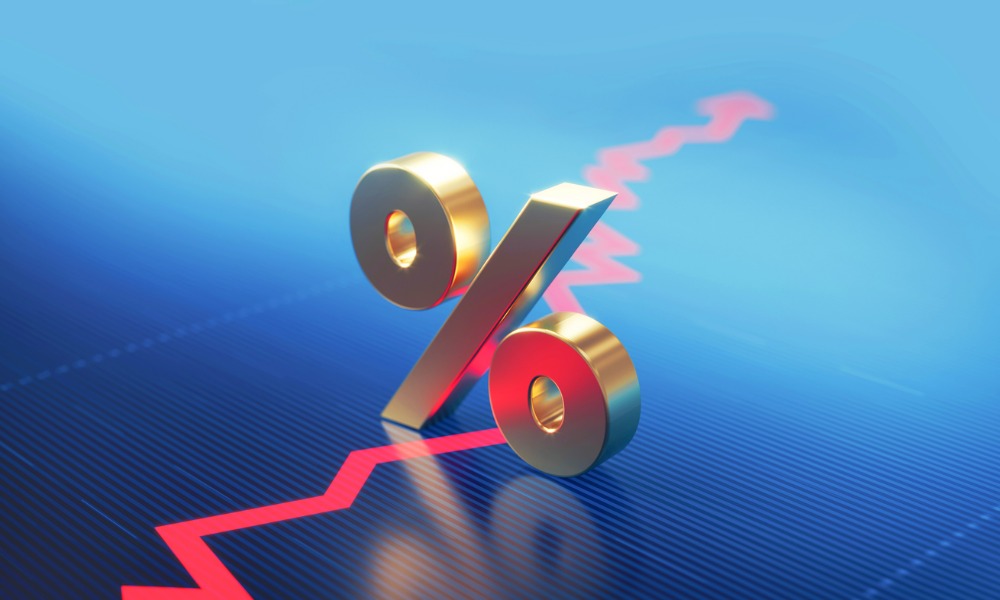Economists weigh in as property taxes and energy costs drive Canada’s inflation above forecasts

Inflation in Canada picked up in October, with the Consumer Price Index (CPI) rising by 2 percent year-over-year, according to Statistics Canada.
This marked an increase from the 1.6 percent recorded in September, driven in part by a smaller decline in gasoline prices. Excluding gasoline, the CPI grew by 2.2 percent, consistent with rates observed in August and September.
On a monthly basis, the index rose by 0.4 percent, with a seasonally adjusted increase of 0.3 percent.
BNN Bloomberg noted that this uptick in inflation came slightly above economists’ expectations, which had predicted a 1.9 percent annual rise and a 0.3 percent monthly gain.
The October data included significant contributions from property taxes, which surged 6 percent year-over-year—the largest increase since 1992—and energy-related categories.
As per BNN Bloomberg, “the consumer price index rose 2 percent in October on a yearly basis... slightly faster than the median estimate of 1.9 percent in a Bloomberg survey of economists.”
Shelter costs grew at a slower rate, increasing by 4.8 percent in October compared to 5 percent in September. Mortgage interest costs and rent prices decelerated, with rent seeing a 7.3 percent year-over-year rise, down from 8.2 percent in September.
However, these costs remain elevated; rents have climbed 21.6 percent compared to October 2021.
PIMCO highlighted this trend, observing that “shelter inflation also remained elevated, with rent prices increasing 0.6 percent month-over-month.”
Food prices from stores increased at a faster pace, rising 2.7 percent annually in October, up from 2.4 percent in September.
Statistics Canada attributed this to higher prices for fresh vegetables and preserved fruit, though fresh or frozen beef prices grew more slowly compared to the previous month.
Reactions from economists were mixed.
Benjamin Reitzes of the Bank of Montreal suggested that October’s inflation data “should take some steam” out of expectations for another 50 basis point rate cut in December, reinforcing his belief in a more modest 25 basis point adjustment.
Conversely, Charles St-Arnaud, chief economist at Alberta Central, stated that despite the acceleration in inflation, “there is nothing overly concerning in the underlying dynamic,” citing the role of property taxes, which are influenced by past housing market conditions rather than current economic slack.
The Bank of Canada’s core inflation measures also showed an increase, with a three-month moving average rising to 2.8 percent annualized, up from 2.1 percent in September.
PIMCO’s analysis suggested that this modest pickup in inflation does not indicate broader price pressures.
They noted, “the details of today’s report were not as hawkish as the bump in the core measures suggests,” adding that factors like volatile energy prices and property tax hikes would likely stabilize in November.
Statistics Canada also reported that gasoline prices fell 4 percent year-over-year, a smaller decline compared to September’s 10.7 percent drop.
This moderation was partly attributed to a base-year effect and weaker global oil demand. Monthly gasoline prices, however, rose by 0.7 percent following a 7.1 percent decline in September.
The October inflation report has complicated market expectations for monetary policy.
Bloomberg Economics observed, “underlying pressures are easing, and prices are declining in the most interest-sensitive spending categories,” adding that the Bank of Canada might adopt a slower pace of rate cuts.
However, subdued inflation excluding mortgage costs, combined with a negative output gap and ongoing labour market weakness, supports the possibility of further easing.



